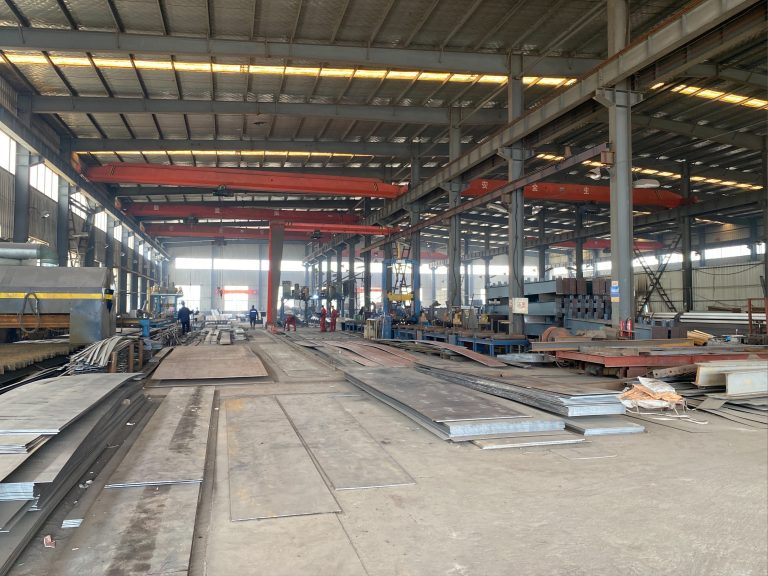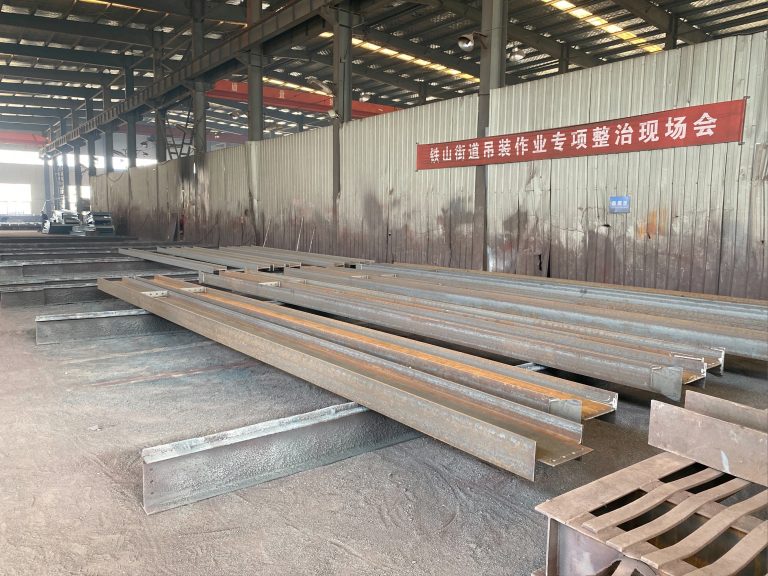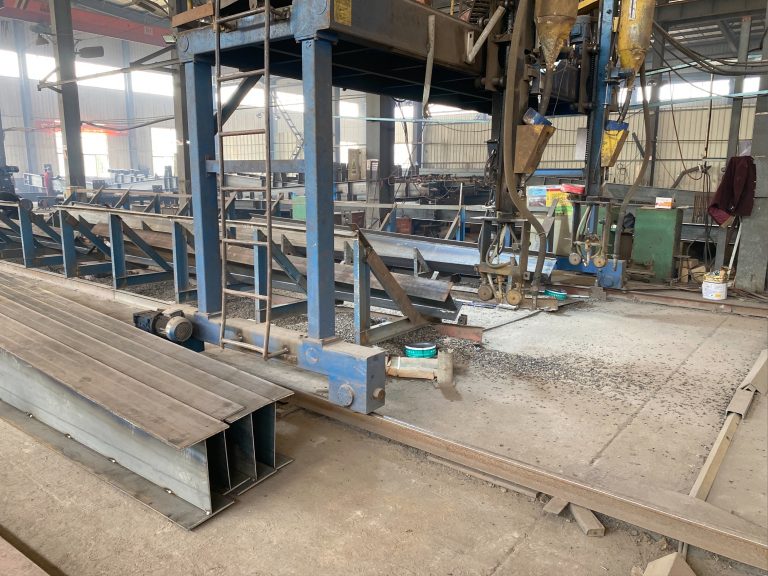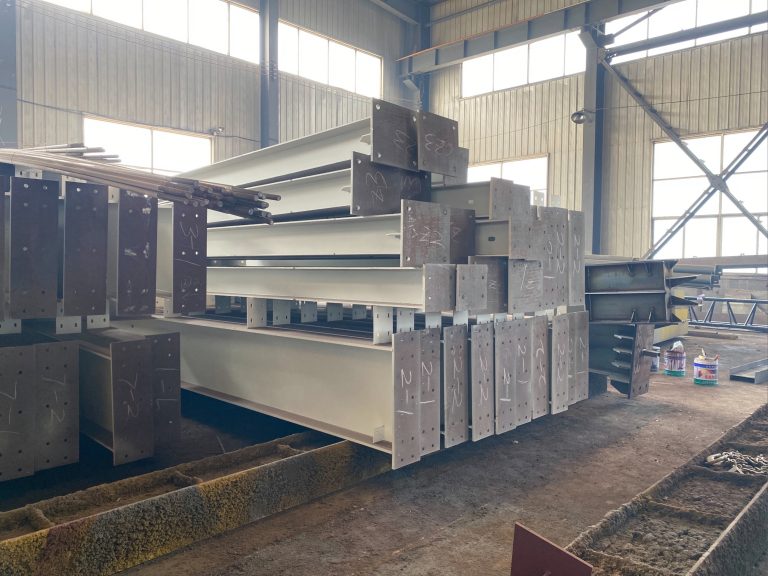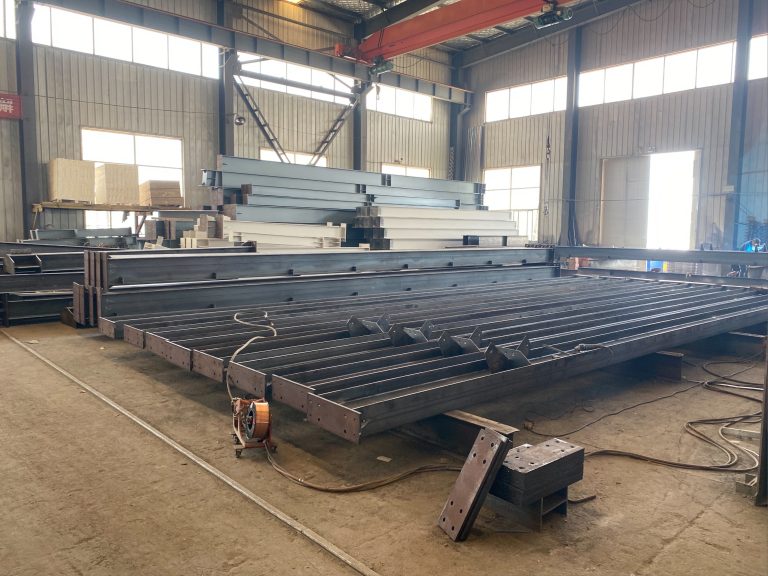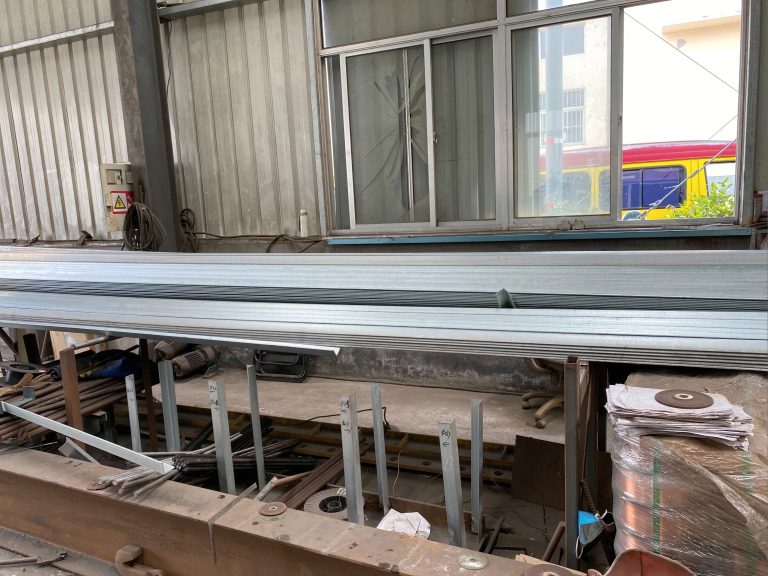Acoustic design and optimization of steel structure buildings
Table of Contents
Benefits of Acoustic Design in Steel Structure Buildings
Acoustic design plays a crucial role in creating comfortable and functional spaces within steel structure buildings. By carefully considering the acoustic properties of the materials used and implementing sound-absorbing techniques, architects and engineers can optimize the acoustics of a building to enhance its overall performance and user experience.
One of the key benefits of acoustic design in steel structure buildings is the improvement of speech intelligibility. In spaces such as offices, conference rooms, and classrooms, clear communication is essential for productivity and learning. By reducing reverberation and controlling sound reflections, acoustic design can help to minimize background noise and enhance the clarity of speech, making it easier for occupants to communicate effectively.
In addition to improving speech intelligibility, acoustic design can also contribute to the overall comfort and well-being of building occupants. Excessive noise levels can lead to stress, fatigue, and decreased productivity. By incorporating sound-absorbing materials and strategic placement of acoustic panels, designers can create a more pleasant and peaceful environment for occupants to work, learn, or relax in.
Furthermore, acoustic design can have a significant impact on the energy efficiency of a building. By reducing noise levels and controlling sound transmission, designers can minimize the need for excessive heating, ventilation, and air conditioning (HVAC) systems to compensate for poor acoustics. This not only helps to reduce energy consumption and operating costs but also contributes to a more sustainable and environmentally friendly building design.
Another important benefit of acoustic design in steel structure buildings is the enhancement of privacy and confidentiality. In spaces such as offices, healthcare facilities, and residential buildings, maintaining privacy and confidentiality is essential for the comfort and security of occupants. By implementing soundproofing techniques and acoustic barriers, designers can prevent sound from traveling between rooms and ensure that sensitive information remains protected.
Furthermore, acoustic design can also play a crucial role in meeting regulatory requirements and standards for building acoustics. In many countries, building codes and regulations specify minimum requirements for sound insulation, reverberation time, and noise levels in different types of buildings. By incorporating acoustic design principles from the early stages of the design process, architects and engineers can ensure that their buildings meet or exceed these requirements and provide a safe and comfortable environment for occupants.
In conclusion, acoustic design is an essential aspect of creating high-performance steel structure buildings that are comfortable, functional, and sustainable. By optimizing the acoustics of a building through careful selection of materials, strategic placement of acoustic elements, and adherence to regulatory standards, designers can enhance speech intelligibility, improve occupant comfort, increase energy efficiency, and ensure privacy and confidentiality. Ultimately, acoustic design plays a critical role in shaping the overall user experience and performance of a building, making it a key consideration for architects and engineers in the design and construction of steel structure buildings.
Tips for Optimizing Acoustic Performance in Steel Structure Buildings
Acoustic design and optimization of steel structure buildings is a crucial aspect of creating a comfortable and functional space. Steel structures are known for their strength and durability, but they can also pose challenges when it comes to controlling sound transmission. In order to achieve optimal acoustic performance in steel structure buildings, several key factors must be taken into consideration.
One of the most important considerations in acoustic design is the selection of appropriate materials. Steel structures are inherently reflective of sound, which can lead to increased reverberation and noise levels within a building. To combat this, it is important to incorporate sound-absorbing materials into the design. This can include acoustic panels, ceiling tiles, and wall coverings that are specifically designed to absorb sound waves and reduce reverberation.
In addition to selecting the right materials, the layout and design of a steel structure building can also have a significant impact on its acoustic performance. Open floor plans and high ceilings can create large, reverberant spaces that are prone to sound reflection and amplification. To optimize acoustic performance, it is important to consider the placement of walls, partitions, and other barriers that can help to break up sound waves and reduce reverberation.
Another important factor to consider in acoustic design is the placement of mechanical systems and equipment. HVAC systems, plumbing, and electrical equipment can all generate noise that can impact the overall acoustic performance of a building. By carefully planning the placement of these systems and incorporating sound isolation measures, such as vibration isolation mounts and soundproof enclosures, it is possible to minimize the impact of mechanical noise on the building’s acoustics.
In addition to material selection, layout design, and mechanical system placement, it is also important to consider the impact of external noise sources on the acoustic performance of a steel structure building. Buildings located near busy roads, airports, or industrial facilities may be subject to high levels of external noise that can penetrate the building envelope and disrupt the indoor environment. To address this, it is important to incorporate soundproofing measures, such as double-glazed windows, insulated walls, and sound barriers, to minimize the transmission of external noise into the building.
Overall, optimizing the acoustic performance of a steel structure building requires a comprehensive approach that takes into account a variety of factors, including material selection, layout design, mechanical system placement, and external noise sources. By carefully considering these factors and incorporating appropriate acoustic design strategies, it is possible to create a comfortable and functional space that meets the acoustic needs of its occupants.


